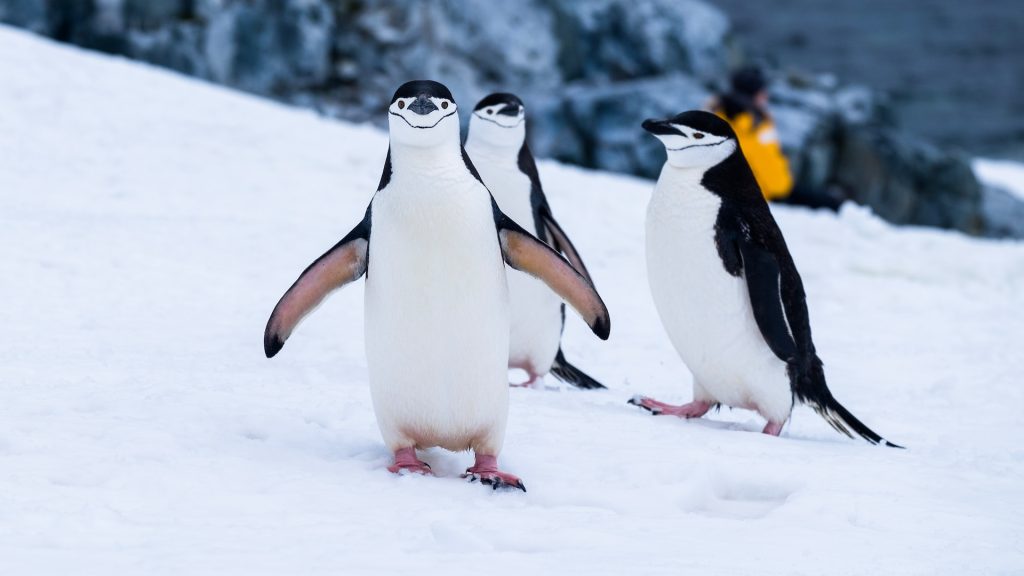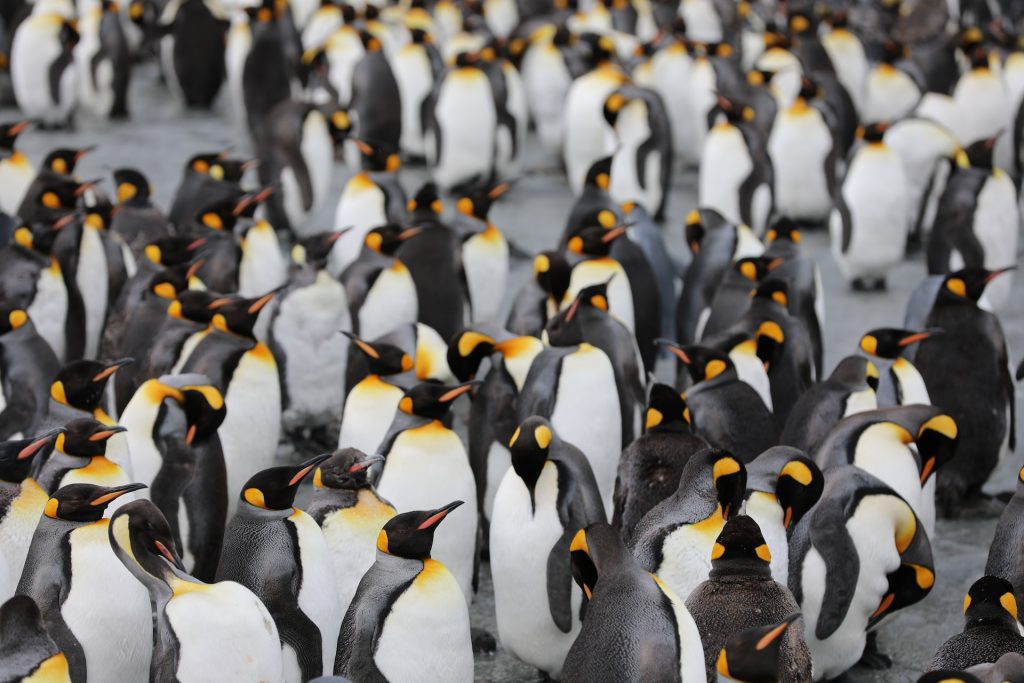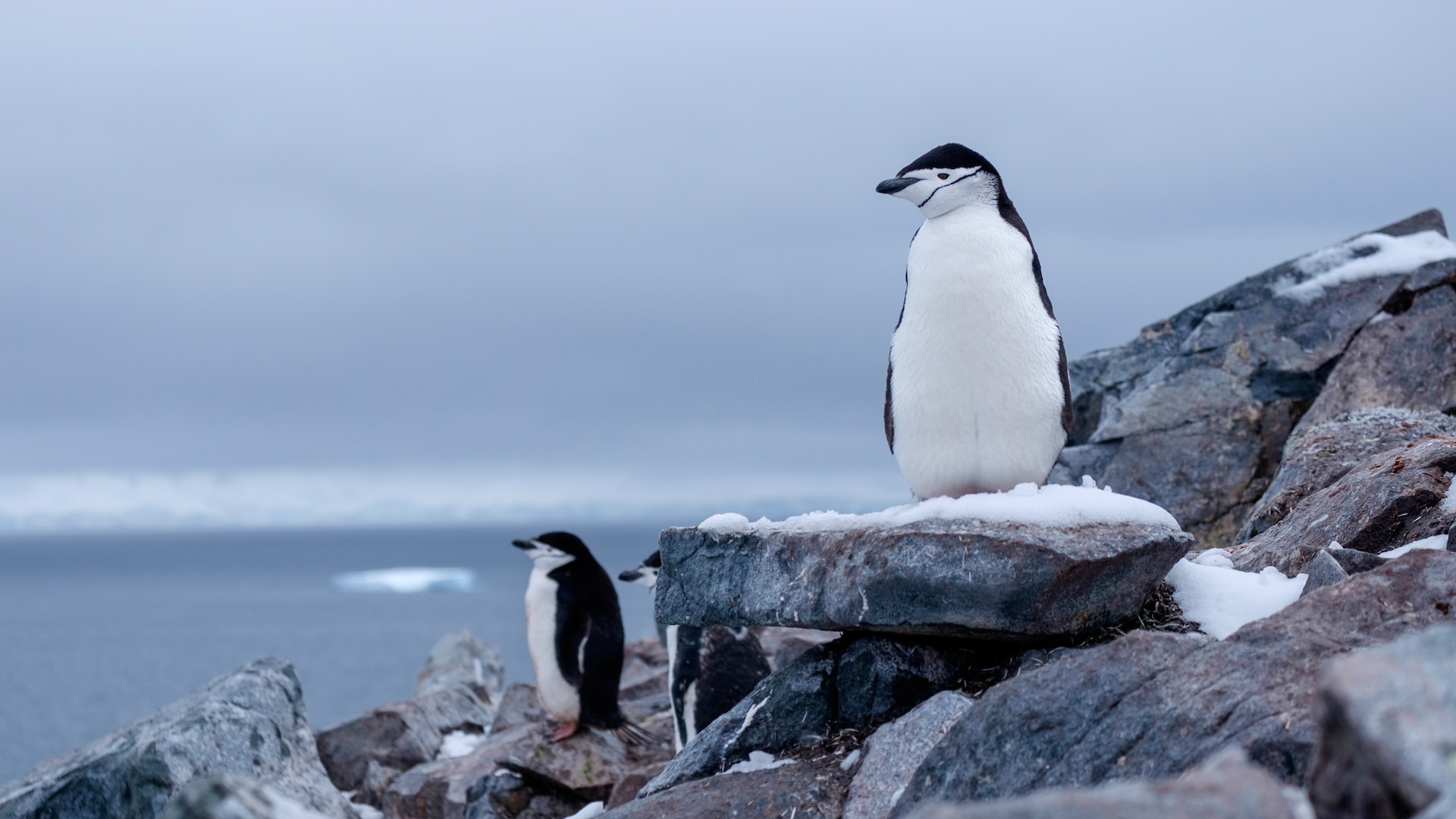Penguins, with their distinct black and white attire, are a captivating species that inhabit both land and sea. While many of us are familiar with their endearing waddle and aquatic prowess, there’s a myriad of peculiar facts that make these flightless birds truly extraordinary. Let’s embark on a journey to explore the unexpected facets of penguins that extend beyond their iconic appearance.

1. Southern Hemisphere Exclusive
The realm of penguins is confined to the Southern Hemisphere, with one exception – the Galapagos penguin, which occasionally ventures into the Northern Hemisphere. From the icy expanses of Antarctica to the temperate zones of Melbourne and the Galapagos Islands, penguins have adapted to diverse environments, showcasing their remarkable versatility.
2. The Species Conundrum
Scientists debate the exact number of penguin species, with estimates ranging from 18 to possibly 21. The rockhopper penguin, once considered a single species, is now classified into southern and northern rockhoppers. Ongoing research may lead to the recognition of additional distinct species, underscoring the complexity of penguin taxonomy.
3. Feathers, Not Fur
Penguins boast feathers, not fur, providing superior insulation in frigid environments. The ice-repelling properties of their feathers, attributed to a combination of macroscopic structure, nanoscale topography, and hydrophobic preen oil, enable them to navigate icy waters without accumulating ice on their plumage. Molting, a swift process lasting 2 to 5 weeks, rejuvenates their plumage annually.
4. Toothless Marvels
Much like their avian relatives, penguins lack teeth. Instead, spines within their beaks and tongues serve a tooth-like function, aiding in gripping and swallowing prey. Penguins exhibit adaptability, consuming an array of protein-rich foods ranging from fish to crustaceans, employing unique feeding strategies to nourish themselves and their chicks.
5. Monogamy in Seasons
During breeding seasons, penguins exhibit monogamous behavior, selecting mates for collaborative incubation and chick rearing. The fidelity, however, is seasonal, with partners potentially changing annually. Notably, emperor penguins exemplify an exceptional reversal, with males assuming sole responsibility for incubating eggs.

6. Seawater Sippers
Possessing a specialized supraorbital gland, penguins can drink seawater, a rare feat among birds. The gland filters excess salt from their bloodstream, eliminating it through nasal passages. This adaptation enables them to sustain themselves with ocean water when freshwater is scarce, emphasizing their adaptability.
7. Ancient Giants and Human-Sized Penguins
While today’s largest penguin, the emperor penguin, stands at around 4 feet, fossil discoveries unveil prehistoric giants. Fossils from New Zealand indicate penguins weighing approximately 220 pounds and standing at an impressive 5 feet, 10 inches, showcasing the evolutionary diversity within this captivating species.
8. The Mystery of Coloration
Penguins, predominantly black and white, exhibit flashes of vibrant colors for communication. Unlike other birds relying on external factors for pigmentation, penguins possess unique microstructures, unseen in any other animal, allowing them to produce their pigments internally. Fossil records even suggest that ancient penguins displayed a broader spectrum of hues.
9. Linguistic Origins
The term “penguin” finds its origins in mystery, with potential connections to the Welsh words for “head” and “white” or the Latin word “pinguis,” denoting “fat or oil.” Despite linguistic ambiguity, the word has become synonymous with these charismatic birds that capture the hearts of onlookers worldwide.
10. Conservation Concerns
Alarming trends indicate declining populations among various penguin species, leading to the classification of five species as endangered. Human intervention is crucial to preserve their habitats, combat climate change, and ensure sustainable fishing practices to safeguard the future of these enchanting birds.

As we go into the enigmatic world of penguins, their uniqueness unfolds in captivating ways. Beyond their comical waddle and timeless tuxedo attire, penguins reveal themselves as resilient, adaptable, and extraordinary creatures facing conservation challenges. Understanding and appreciating these peculiarities fosters a deeper connection with these remarkable beings, urging us to contribute to their preservation and celebrate the wonders of the penguin kingdom.





